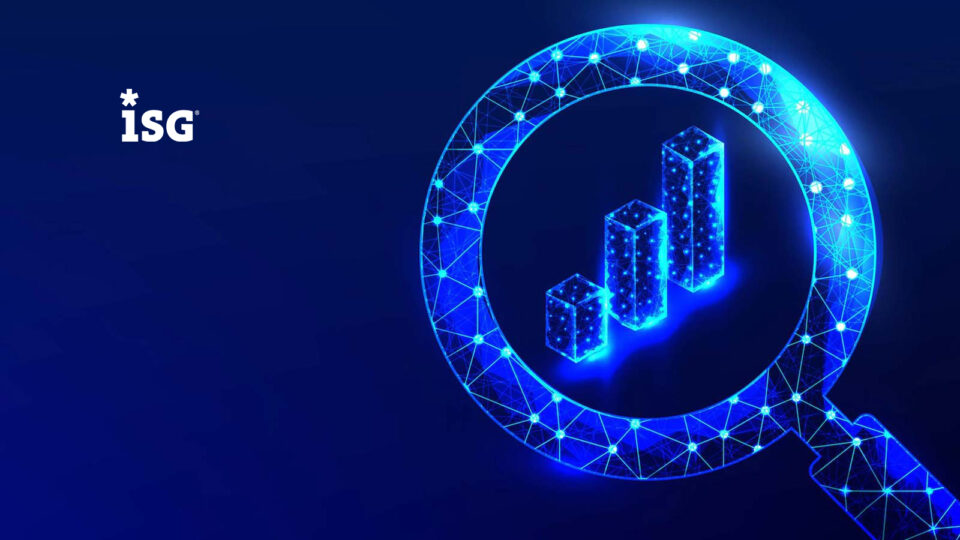As enterprises shift IT and networks into the cloud, demand for software-defined networking products and services are on the rise, ISG Provider Lens report says
US enterprises, which spearheaded the global migration to software-defined networking (SDN), continue to adopt these enabling technologies as they move more resources to the cloud, according to a new research report published by Information Services Group, a leading global technology research and advisory firm.
“As U.S. companies began to embrace the cloud, SDN was there to make that transition faster and less risky”
The 2022 ISG Provider Lens™ Network — Software Defined Solutions and Services report for the U.S. finds that SDN is often fundamental to other elements of IT modernization, including cloudification, mobility, intelligent edge infrastructure and emerging technologies such as AI, IoT, automation and collaboration.
Latest ITechnology News: ZoomInfo Joins AWS Partner Network to Improve Data Delivery Through OperationsOS
“As U.S. companies began to embrace the cloud, SDN was there to make that transition faster and less risky,” said Dieter Thompson, president, ISG Network Advisory Services. “SDN caught fire as an ideal use for it emerged.”
SD-WAN technology, which revolutionized mobile, remote and branch networking by automating and standardizing hybrid connectivity, is now becoming increasingly cloud-centric as enterprises rely on cloud-based SaaS for more applications, ISG says. Leading SDN providers are offering services to help customers establish connections between clouds.
Some U.S. enterprises have invested in SDN technology to manage on their own, only to find the complexity of implementing and operating an SDN architecture daunting, ISG says. In some cases, they have since gone back to service providers to manage some or all of their network environment. Co-managed SDN, with the client keeping control over the most sensitive parts of the network while letting a provider manage the rest, is increasingly common.
“Converting a traditional network to SDN involves much more than installing and running software,” said Jan Erik Aase, partner and global leader, ISG Provider Lens Research. “It is a transformation that can significantly affect an organization.”
U.S. enterprises have grown to expect complete security from the edge to the core of a software-defined network, so network security has become a major point of concern within companies and their individual business units, the report says. Providers have reached a consensus on the definition of the secure access service edge (SASE) architecture, and many now offer it commercially, making SASE one of the fastest-growing elements of network transformation.
Latest ITechnology News: Mindtree and Rubrik Partner to Launch a Unified Cyber-Recovery Platform
The 2022 ISG Provider Lens™ Network — Software Defined Solutions and Services report for the U.S. evaluates the capabilities of 48 providers across five quadrants: Managed SD-WAN Services, SDN Transformation Services (Consulting and Implementation), Enterprise Networks Technology and Service Suppliers, Edge Technologies and Services, and Secure Access Service Edge (SASE).
The report names AT&T, Orange Business Services and Verizon as Leaders in all five quadrants. It names Lumen and Wipro as Leaders in four quadrants each and Apcela and T-Mobile as Leaders in three quadrants each. Cato Networks, Cisco, Comcast Business and Juniper Networks are named as Leaders in two quadrants each. Extreme Networks, GTT, HPE Aruba, IBM, NTT and VMware are named as Leaders in one quadrant each.
In addition, Tech Mahindra, VMware and Wipro are named as Rising Stars — companies with a “promising portfolio” and “high future potential” by ISG’s definition — in one quadrant each.
Latest ITechnology News: Cloudian Provides On-Premises Object Storage on Microsoft Azure Stack HCI
[To share your insights with us, please write to sghosh@martechseries.com]


